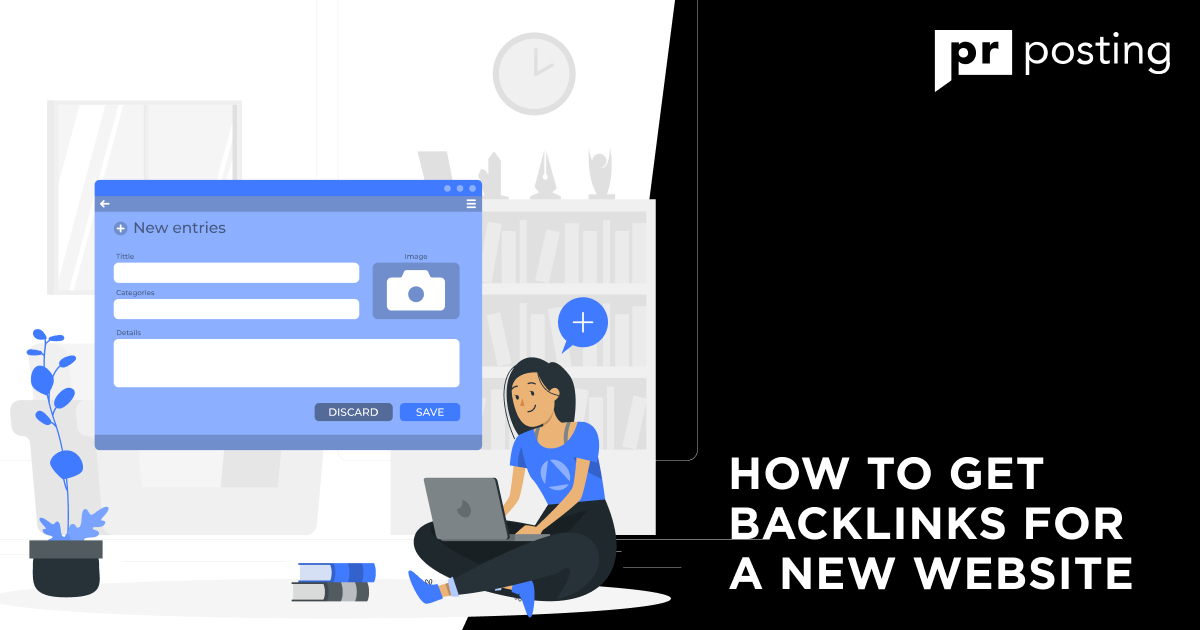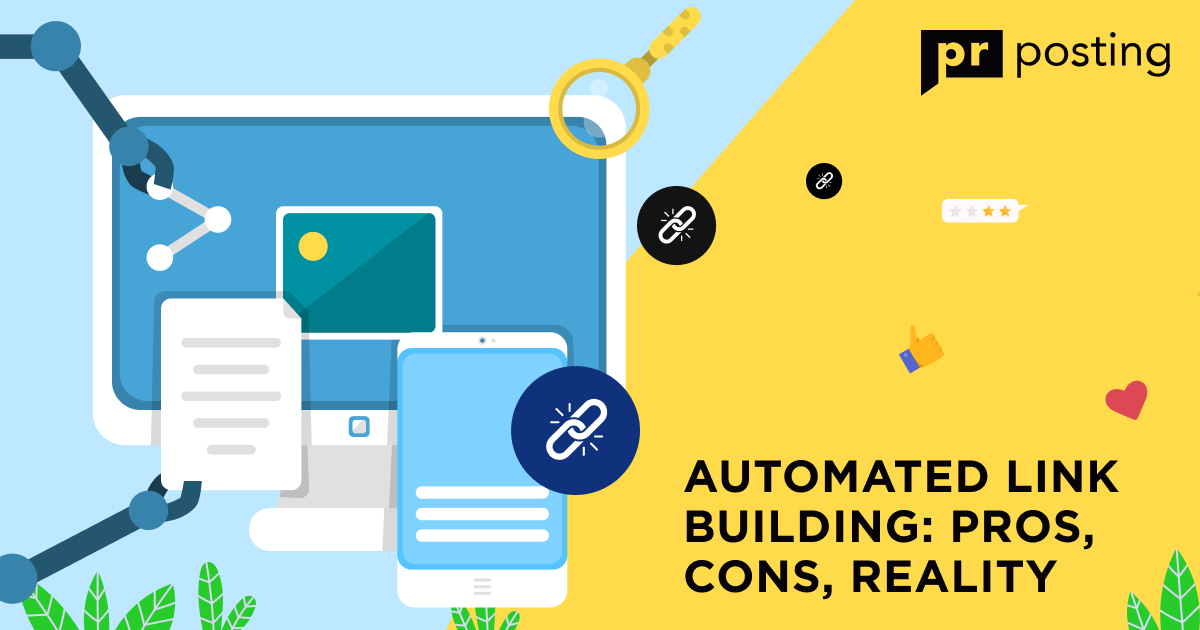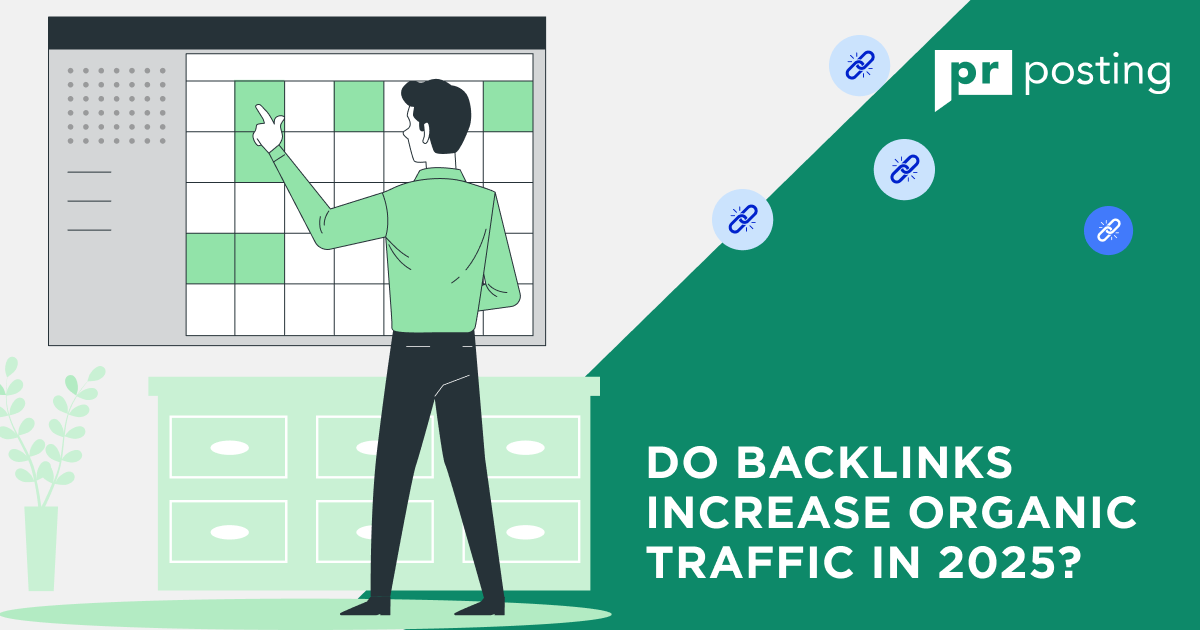Backlink Cleanup Services That Remove Bad Links Safely
 https://fs.prposting.net/uploads/2025/11/9/YLxDtERrLiBIVRpDk3cDcmrPXlTK7121zBdoSMFN.jpg
https://fs.prposting.net/uploads/2025/11/9/YLxDtERrLiBIVRpDk3cDcmrPXlTK7121zBdoSMFN.jpg
If they do, these harmful links can seriously drop your search rankings and make search engines wary of your website. That’s precisely why backlink cleanup services are necessary.
If you’ve ever asked, “Should I remove bad backlinks?”, the answer is usually yes. When they look like they come from poor-quality sources.
The right service removes these links safely, without harming your good ones.
Backlink cleanup services identify and remove harmful links, helping you maintain your site’s reputation without compromising its standing.
Basically, a backlink cleanup service gets rid of the mess, looks after your good name, and keeps your SEO moving forward.
Cleaning backlinks isn’t about starting over. It’s about keeping what’s good and removing what hurts. A bad backlink removal service focuses on accuracy, not guesswork.
What Are Bad Backlinks and How Do They Affect SEO?
When backlinks come from credible sources, they boost your rankings. But spammy or irrelevant links do the opposite.
Search engines notice patterns, and poor-quality links can lower your trust score. A backlink removal service helps balance this by filtering the harmful ones and preserving your valuable connections.
What Makes a Backlink “Bad” or “Toxic”
Not every link helps. Some do real damage.
Here’s what makes a backlink dangerous:
- It comes from spam directories or irrelevant blogs.
- The anchor text is stuffed with keywords.
- The linking page has little or no real content.
- It points to a penalized or deindexed site.
If you see these patterns, it’s time to delete spam backlinks fast.
Why Ignoring Harmful Links Can Hurt Your Website
Toxic links spread quietly and affect everything around them.
Ignoring bad backlinks can:
- Reduce your visibility in search results.
- Trigger ranking penalties.
- Damage your site’s reputation with Google.
Cleaning them early with backlink cleanup services can prevent harm and help restore your site’s credibility.
When You Should Consider a Backlink Cleanup Service
You don’t need constant link audits. But sometimes, cleanup becomes essential.
Signs You Have Spam or Unwanted Backlinks
Watch for sudden traffic drops or ranking shifts. These often point to link issues.
You can check the backlinks of a website using SEO tools. Some tools even let you check website backlinks for free.
If many links come from low-quality sites, you may need backlink removal services to step in.
Does Google Ignore Bad Backlinks Automatically?
Not always. Google’s filters catch many, but not all. The algorithm may overlook subtle link spam.
That’s why ignoring bad backlinks is a common question. The truth is that it depends on the pattern and source. Manual action is often safer.
When Manual Removal or Disavow Is Needed
If you spot clear spam links, try contacting the webmasters first. Ask them to delete the links politely.
When that fails, use Google’s Disavow Tool. It tells Google to ignore those links during evaluation.
Doing this wrong can harm your rankings. A trusted backlink cleanup service can manage this safely and ensure nothing valuable gets lost.
How Backlink Removal Services Work
Every link to your site carries weight. Some lift you higher. Others quietly pull you down. Backlink removal servicesexist to fix that balance.
They closely examine your entire backlink list, identifying which links are beneficial and which are detrimental, to ensure your website maintains its strong standing.
What follows is how a trustworthy backlink cleanup service does its job, from the beginning to the end.
Step 1: Checking Backlinks of a Website
It begins with data. Professionals check backlinks of a website using trusted SEO tools. Each link is reviewed for source, anchor text, and quality.
A clean backlink list reveals where you stand and what needs fixing. Without this check, cleanup is guesswork.
Step 2: Identifying Bad or Spammy Links
Once all links are collected, it’s time to sort. Some backlinks are natural. Others come from shady corners of the web.
Indicators of bad links include:
- Pages stuffed with random keywords;
- Directories or comment sections filled with spam;
- Irrelevant sites linking for no reason;
- Hidden or paid links with no real context.
Spotting these early saves trouble later. That’s why a bad backlink removal service is useful. It focuses on precision, not panic.
Step 3: Removing and Disavowing Unwanted Backlinks
Next comes the cleanup. First, outreach. The team contacts site owners and asks them to delete harmful links. Some respond, some vanish.
For the rest, the disavowal process begins. A backlink removal service compiles a list of bad domains and submits it to Google. This tells the search engine to ignore them.
Knowing how to remove unwanted backlinks safely protects your rankings and keeps your SEO steady.
Step 4: Reporting and Monitoring for Future Safety
Regular reports show what changed and what remains. Monitoring tools track new backlinks so spam doesn’t slip in again.
A good backlink cleanup service keeps an eye on your profile long after the first cleanup ends.
Tools and Methods for Checking Website Backlinks
Good cleanup starts with good tools. You can track, review, and manage links with both free and paid options.
How to Check Backlinks of a Website for Free
Curious about your links? You can check website backlinks for free using platforms like Google Search Console. It’s a great start for spotting unusual link activity without spending a cent.
How to Search Backlinks on Google
You can also search backlinks on Google using simple search operators. Type your domain with “link:” or “site:” and explore what appears. It’s basic but quick for small checks.
Best Tools for Backlink Audits
For deeper insight, use tools like Ahrefs, Semrush, or Google Search Console. They reveal patterns, toxic sources, and historical data.
Together, they make backlink cleanup services more accurate and far safer for your site’s reputation.
Choosing the Right Backlink Removal Service
Picking a backlink removal service is more than a quick fix. It’s about keeping your site clean and trusted.
A wrong choice can cause more harm than good. A careful one saves time and protects years of work. Let’s look at what makes a service worth your trust.
What Makes a Good Backlink Cleanup Service
A quality backlink cleanup service works with care and accuracy. It doesn’t remove links blindly. Instead, it studies your backlink profile, sorts the harmful from the useful, and keeps your valuable ones safe.
Here’s what to expect from a reliable team:
- Clear reports that show what was removed and why;
- Use of trusted SEO tools for link checks;
- Careful review of each backlink, not just bulk deletion;
- Guidance on keeping your backlink profile healthy.
A bad backlink removal service skips this effort. It might delete good links or overlook hidden spam, leaving your site weaker than before.
Comparing Manual vs. Automated Cleanup Services
Automation sounds fast. But speed can come at a cost. Manual cleanup gives you control and context.
Specialists review every link and decide what truly harms your site. Automated tools scan large lists quickly but may flag safe links as bad.
If your backlink issues are minor, automation can help. For bigger problems, human review wins every time. A blended approach: manual checks supported by tools often works best.
How to Avoid Bad Backlink Removal Services
Not every service deserves your trust. Some vendors promise instant results and cheap packages. But they often rely on shortcuts.
Signs of poor-quality services include:
- No clear process or communication.
- Vague reports with missing data.
- Use of risky tactics that can trigger penalties.
Choose a backlink cleanup service that values safety and transparency. Ask for examples of their work. Read reviews. Trust evidence, not quick promises.
DIY Tips: How to Delete Spam Backlinks Yourself
If your site has only a few bad links, you can handle them. Learning how to delete spam backlinks gives you more control and insight into your site’s health.
How to Remove Unwanted Backlinks via Webmasters
Contact the owners of sites linking to you. Some will respond, some won’t. But it’s worth trying.
Using Google’s Disavow Tool Safely
For stubborn cases, use the Disavow Tool. It tells Google to ignore specific links.
Be cautious. Wrong entries can hurt your site. Research before submitting anything, or consult a backlink cleanup service for guidance.
Preventing Future Harmful Backlinks
Prevention saves trouble. Watch your backlinks often. Use trusted SEO tools and set alerts for sudden spikes in new links.
Create quality and relevant content so that natural backlinks grow stronger over time.
Conclusion
Regular use of backlink cleanup services or manual checks keeps your SEO strong.
Clean links build trust, protect your rankings, and secure lasting SEO success.
More Like This

How to Get Backlinks for a New Website

Automated Link Building: Pros, Cons, Reality





